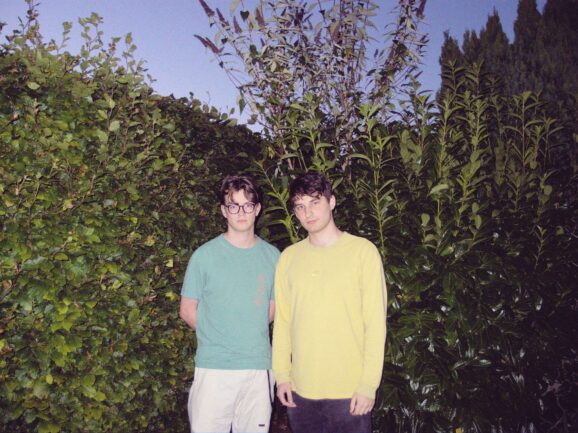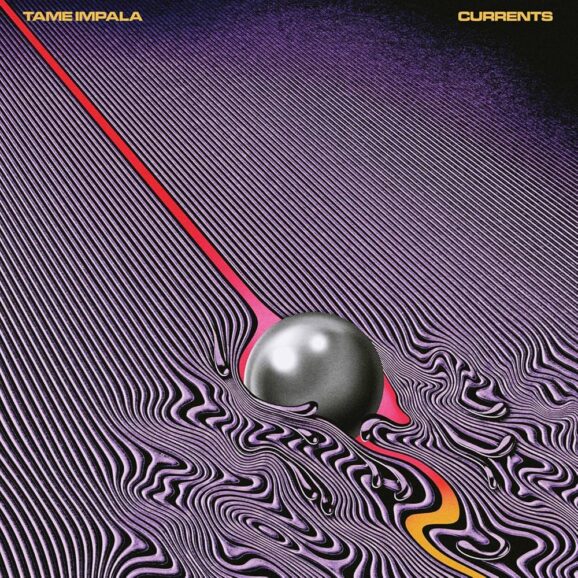You’ve seen the names of Danish altoist Benjamin Koppel and his American mates, bassist Scott Colley and drummer Brian Blade grace many jazz albums and, in Blade’s case, other genres as well. The three have been together as the chordless trio, dubbed the KCB Collective, for a decade now, and while they appeared as a trio on Koppel’s dad’s orchestral Mulberry Street, this is only their second outing as a standalone trio. You’ve also seen Koppel and Colley on other releases that we’ve covered on these pages. If one were to examine each’s biography, the list of associations reads like a Jazz Hall of Fame.
While they’ve recorded in Europe before, this session took place in NYC with Koppel bringing in five of his compositions, Colley with three, and the collaborative writing of all three on the closing piece. What sets this trio apart from others is Koppel’s versatile highly lyrical approach and the bass-drum tandem that does far more than just generate the rhythms. Both the improvising Colley and the inventive Blade possess a melodic sense that’s rarely found in their respective instruments. Their connectivity is at the highest level and while Koppel is obviously the lead voice, this trio operates as democratically as any, rarely overplaying and opting more often for a spare, ‘less is more” approach.
Koppel’s opening “Alphabet Thief” moves through several motifs, from the melodic and funky to European tinges, but the highlight is Koppel’s up-and-down strutting gait, accented by Blade’s kit work which sends the altoist into a frenzied improvisation. That strutting gait becomes muted toward the end, as if said “thief” is trying to quietly sneak away, punctuated by Colley’s arco bass. The lengthy “Coconino County” has Koppel again using rather simple ascending and descending scales as the major theme that he works around while his rhythms mates keep him ‘inside the room.” While Koppel’s alto playing, which soars to the outer realms, especially in this piece certainly draws attention, it’s enjoyable to focus on the ostensibly skeletal bass and drum support. Close listening reveals some lively conversation happening there beneath the surface.
Colley’s “Precipice” connotes fear that’s reflected in his opening arco intro which elicits a rather dour, melancholy response from Koppel and Blades’s skittering cymbal washes. We’re clearly in a scary place. The contrast between this and the previous piece is as stark as it gets. Koppel’s “Speed Cubing Rubiks” develops a bit slowly but it’s not long before the saxophonist goes into a feverish searching mode, ceding space for Colley’s sturdy pizzicato run, that draws a quiet, plodding response that gathers just a bit more momentum as Blade stokes the fire, eventually fading into embers. Colley’s “37.33 Seconds” fooled this writer as Koppel’s opening lines leaned in a classical direction, yet he’s not the composer. The bassist establishes a walking groove over which Koppel is at lyrical best in the second half of the piece. The saxophonist’s standout “Imaginary Canvas” is a dreamy, pensive ballad with some of the altoist’s most emotional moments as well as a strong statement from Colley, who cleverly uses both arco and pizzicato techniques practically simultaneously with Blade’s distant, but increasingly growing thunder rumbling before they exit quietly.
“For Sy Johnson” features an emphatic Colley bass line, Blade’s use of mallets and Kolley in modal, searching mode once again, this time with mostly low register darker tones. He then adopts a similar gait-like rhythm we heard in the opener, increasing the tempo with fluid runs as Blade turns more frenetic. Yet, as they do perhaps a little too often, they conclude the piece calmly. Colley’s “Don’t Rise” is the kind of spiritual fare we’re likely to find in Blade’s Fellowship Band, so again he fools us. Nonetheless, it undoubtedly features Koppel’s most lyrical playing, thereby making it a standout. The closing collaborative “After Time” is a vibrant jazz waltz with all three at exuberant full throttle. In the hands of these masters, this is evocative and provocative music – consistently engaging and enjoyable.









